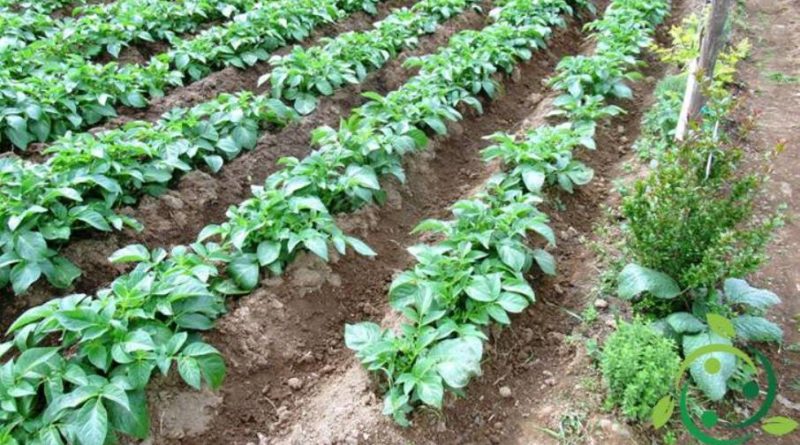Tamping
Tamping
The term tamping, in agronomy, means that cultivation operation which consists in bringing the soil back to the foot of the plants, removing it from the inter-row, for purposes that vary according to the crop.
In the past, tamping was done almost exclusively with the hoe.
With the advent of agricultural mechanization, the operation was gradually replaced with mechanical means using special reversing tools. The most suitable tools for this purpose are the ridgers, machines borrowed from the furrow plow, generally equipped with multiple double-molded working parts, capable of working on multiple rows.
The tamping pursues different objectives and, even if more applied in the past, today it finds particular applications also in function of the cultivation adopted.
For example, in the tamping of the potato, the operation, which is less used today than in the past, has the aim of better covering the surface tubers to avoid the so-called “greening”; moreover, this operation favors manual harvesting since the removal of built-up soil is less onerous.
Another purpose where tamping is practiced is that of bleaching vegetables. In this case, the tamping is carried out to favor the etiolation of the base of the leafy vegetables making them more tender, as in the case of thistles, celery, radicchio, fennel, and other crops that take advantage of this technique.
In this case, tamping is still a common practice in small gardens or family gardens.
Another objective of the tamping can be that of weed control, by removing the soil in the inter-row and placing it on the foot which helps to reinstate the weeds that emerge along the row.
This purpose that had lost importance, due to the wide use of herbicides, is gradually making a comeback, not only obviously in organic agriculture but also among farmers sensitive to ecological issues.

